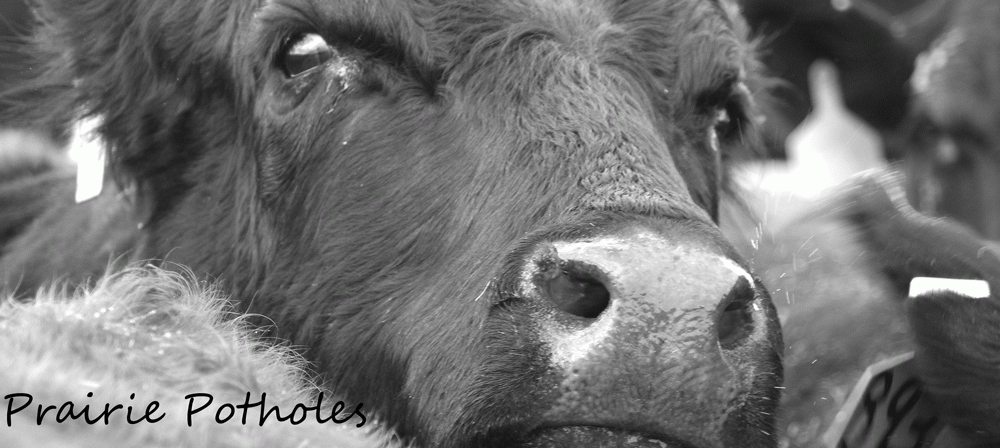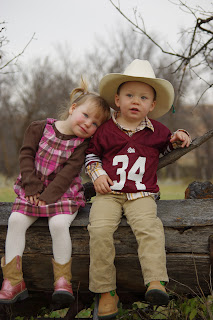When people come to visit us, we typically run out of notable things (from our perspective) to do in about one day. Most people enjoy the daily ranch activities as a sort of vacation experience because it is unlike anything else that they have ever experienced. Danish Cowboy and I, however, feel bad when we don't go to any destination locations with our company. The probem is that if you've ever looked at a map, there aren't that many destination locations in less than a six hour drive.
It puts us in a great quandary. We want to be hip and cool. We want to entertain. But beyond the Fort Peck Interpretive Center and Medora, North Dakota we have no options. In fact, I don't think Danish Cowboy has ever even been to an amusement park. He was fascinated with Gettysburg, for gosh sakes. So when we're at the end of ideas for things to do, we head to Ash Creek to really wow people with some Indian history. Go to Brockway, head east for a few miles and then south forever and ever. Don't go when it rains. It's just at the bottom of the hill way to the south. No, not that hill. The farthest one. The one that seems to sit at the end of the world.
The settling of the west is a romantic notion in the eyes of many, including myself on most days. For those that actually experienced it, for those that were forced on to agencies and reservations, for those that were forced to give up a nomadic and for the most part peaceful lifestyle, I doubt there is romance involved. "The Trail of Tears," they call it. You can trace it for Sitting Bull and the Sioux from the Black Hills of South Dakota north through the prairies of eastern Montana, at Ash Creek near Brockway and down the Yellowstone River Valley to the Little Bighorn. You can trace it in the western part of Montana as Chief Joseph led his Nez Perce on a valiant attempt to escape to Canada.
It saddens me to think of the atrocities that happened in this region in such a recent past. Civility usually comes with modernity; or does it?
These oftentimes modest monuments that dot the prairies and hills are always incredible places of reflection in my eyes. They have a beauty to them that is indescribable. A lot of it is natural beauty, but the spirits left behind must play some small part in what you experience when you go there. In the case of the Ash Creek battlefield, the monument sits on top of a hill like a sheepherder's cairn, marking the way forward for all who make the journey here. My kids are too young to understand, too young to talk about what happened when the west was settled, to explore what it means for our future. But they'll get there. All too soon, they'll get there.







No comments:
Post a Comment